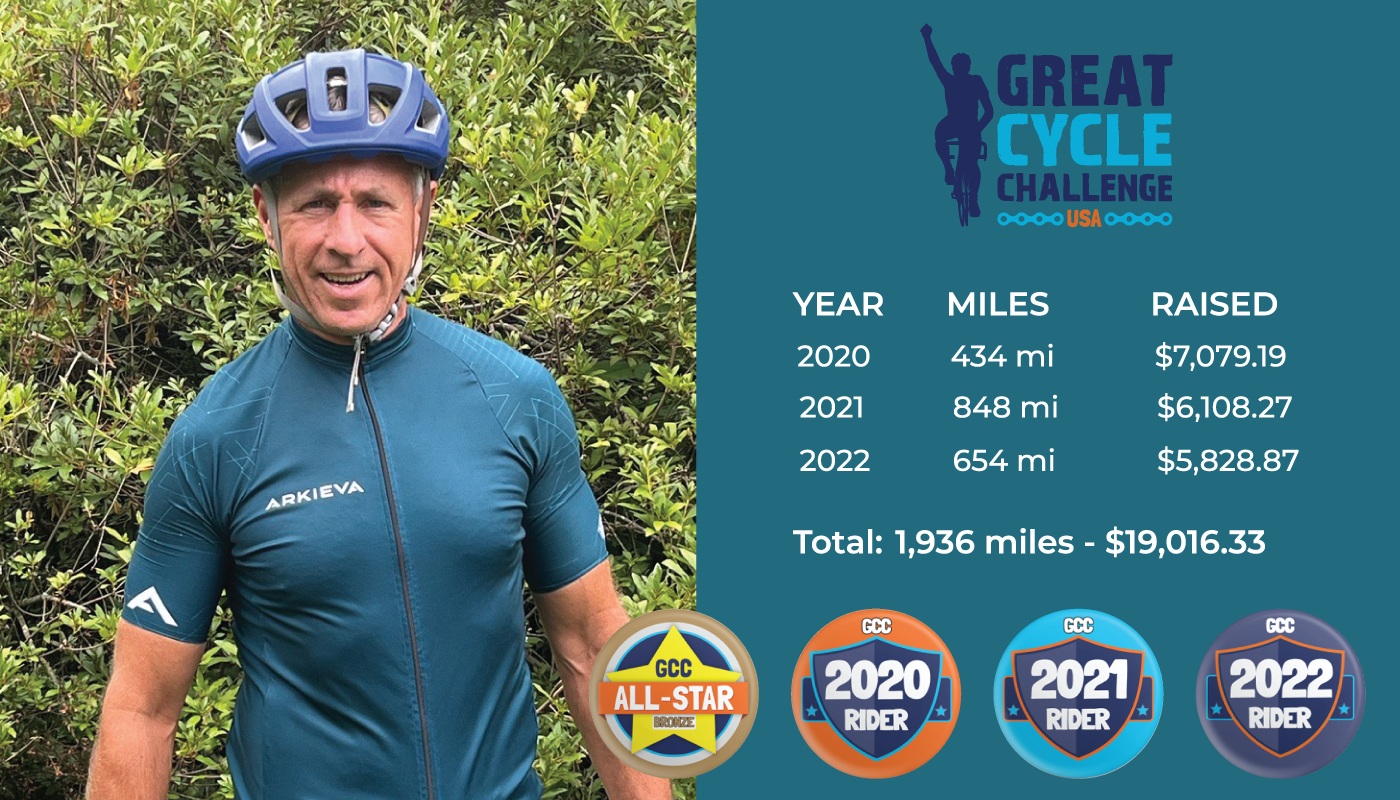As more and more data becomes available, more and more algorithms are being developed to analyze it. We see this happening in our day-to-day life where apps help us choose where to eat, sleep, dance and repeat. Based on some indicators such as age, friends, preferences and past activities, the new digital tools help plan our agenda perfectly.
While we can appreciate the suggestions, we should keep our mind open and take them for nothing more than what they are: suggestions, because not all factors are taken into consideration. As a result, it is still up to us to make the best decisions. Let’s take a restaurant visit as an example. Depending on the app you use, you can filter by distance, cuisine and budget. Sometimes you can even follow people whose tastes you trust, read reviews of restaurant critics and also see if the restaurant has a table available. We probably all agree that the more parameters we add, the more likely we will get the suggestions we like. In other words, more data means better results. Nonetheless, I have only on rare occasions picked the top suggestion. I always review a couple different restaurants, frequently adjusted my filters to further improve the results and make them match my flavor of the moment.
I love my apps and they help me but most of all I am really in the know. App designers acknowledge that and will evaluate effort vs benefit/usage before adding new parameters. Cuisine, location and budget are crucial but will most users care about the available wine selection? Wine for me is an integral part of restaurant visits but the info is just a phone call away. The app helps me focus and identify a few good candidates. The final decision however is up to me. The app can’t be cataloged as artificial intelligence, it is rather a decision support system.
Over the last decade, I’ve seen the expectations grow with regards to how optimal a production plan should be. This expectation exists not only within management but also with production planners, who have a tendency to try and model every detail into the planning tool and account managers, who have high hopes for a statistical engine that generates a better forecast than they ever could. One wonders if these expectations are realistic or still wishful thinking.
Since a statistical forecast is generated based on historical patterns and the future might be different than the past, there is no calculator available with a 100% accuracy. This however does not diminish the interest and effort being displayed to further improve the statistical forecast. Segmentation and a well-defined multi-step calculation are known options but we can also incorporate the product life cycle as well as leading indicators to further adjust and improve the accuracy. However, as with the restaurant app, clients will change their minds for reason beyond your control and beyond the parameters within your forecasting system. It will therefore always remain essential that the account manager builds a strong relationship with their clients and can easily tap into the well of inside knowledge.
While not as prevalent, production planners seem to have the same hope for a true optimal mid-term plan. The availability of so much data creates a feeling that we should know the future and be able to plan without flaws. It goes without saying that many relevant constraints and business specifics should be modeled into the software. This however does not imply that the planning tool will magically come up with THE mid-term plan. There will always be a need for a smart human brain to tie the final knots. As with the apps, planning software is a decision support tool. A good support system has at least two neat features:
- Based on the modeled constraints, it will steer the focus of the planner and highlight areas of concern. On top, it also provides easy what-if scenario planning. Rather than trying to model the smallest detail in the default scenario, the system should make it easy for the planner to evaluate what-if questions as they arise.
- Circling back to our restaurant app, even after I have made a reservation I still want to have a backup choice for when my companion complains about the restaurant of my choice as we drive around the corner. Having taken my planning role serious, I can instantly switch to the alternative I have at hand.
So as the available data grows and grows, the relevant tools will become more and more important. These should however not replace the planner or account manager but lift their activities to the next level so that 1+1 can actually become 3.
Like this blog? Follow us on LinkedIn or Twitter and we will send you notifications on all future blogs.






